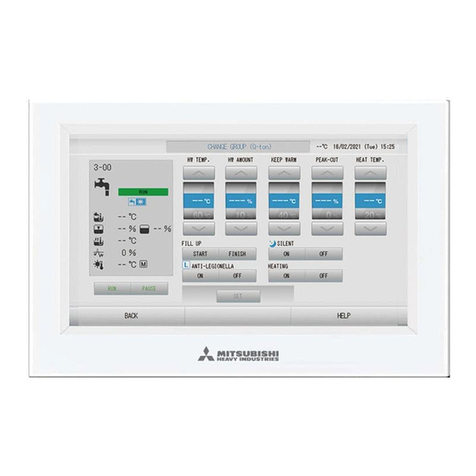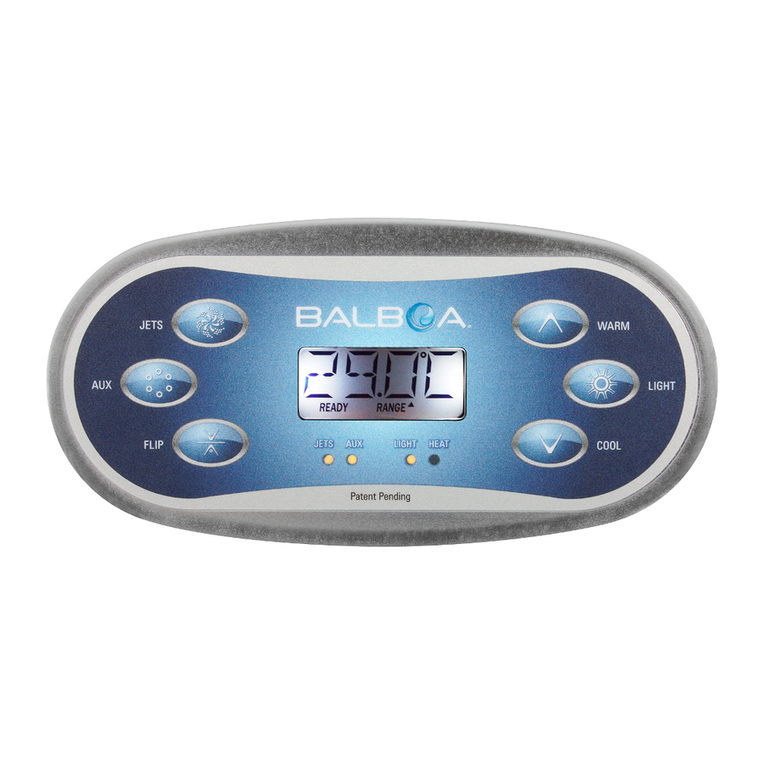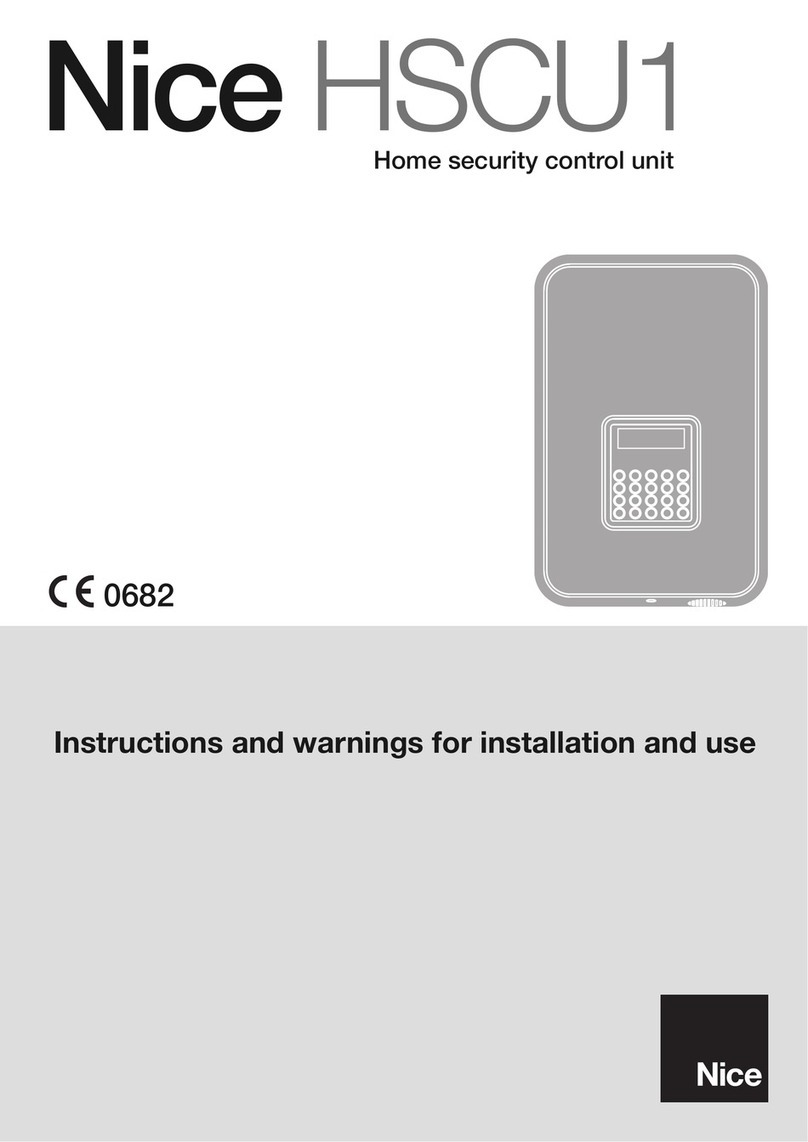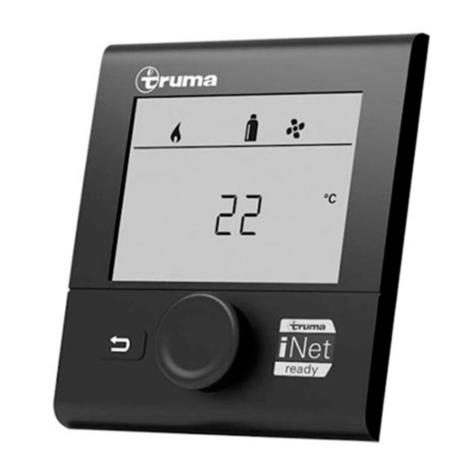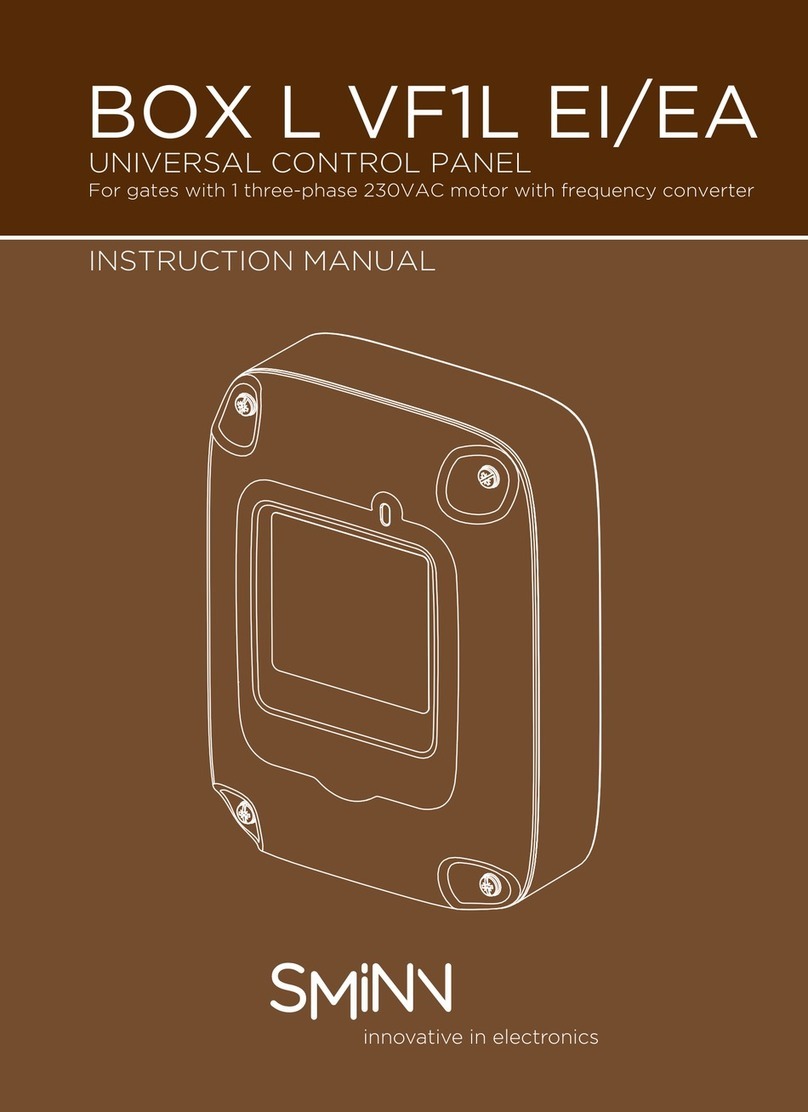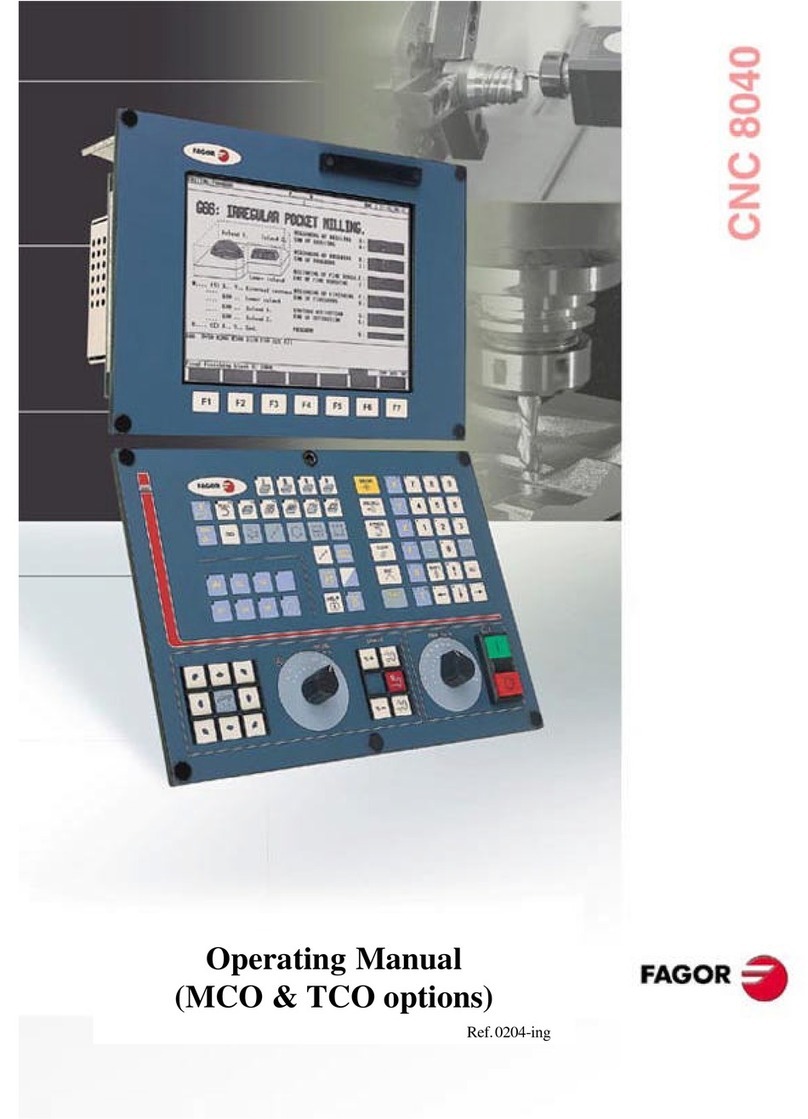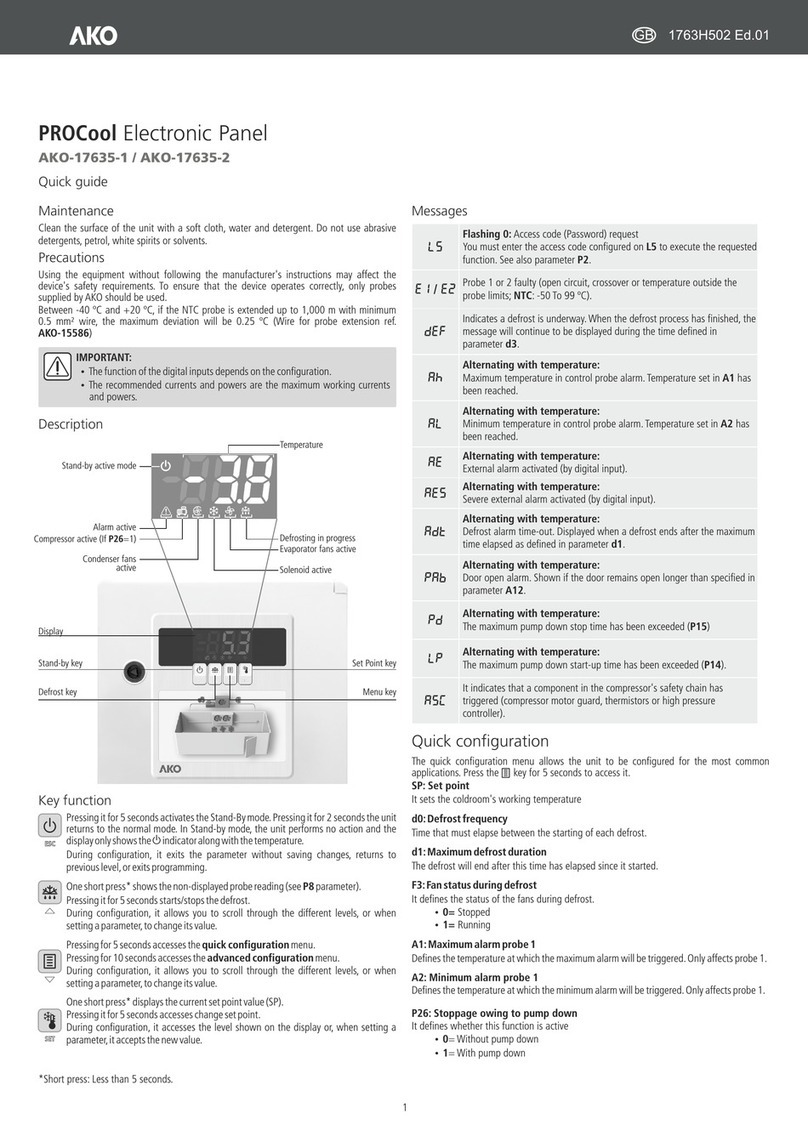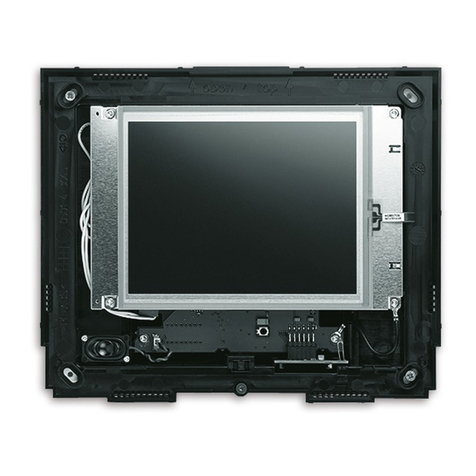
ACTIVATION
The key inputs (marked LL1, LL2 and LL3)
and a radio card installed in the radio
socket can be used to start a manoeuvre
when the control panel is idle.
The functions of the key inputs LL1, LL2
and the radio card are determined by the
selected manoeuvre mode, while input
LL3 can be set separately to operate
differently (using the POLARITY and MODE
parameters within the LL3 menu). It is
possible to disable any of the LL1, LL2 or
LL3 inputs using the LL1 BLOCK, LL2
BLOCK or LL3 BLOCK parameters, so that
any stimulus on these inputs will be
ignored.
Each input is assigned a transit direction
to enable the use of discriminating trafc
lights. LL1, LL2, and the radio card are used
for the incoming transit direction and LL3
for the outgoing transit direction.
NOTE: The radio card operates by default
the same as LL1 unless the parameter
RADIO ALT STOP is activated, in which
case it shall operate in alternate stop
(regardless of the general manoeuvre
mode selected).
MANOEUVRE MODES
The MANOEUVER MODE parameter sets the
functions that the key and radio inputs
perform.
STANDARD
In STANDARD mode, Ll1 will give an open
command if the door is closed and a close
command if the door is open and at rest.
LL2 will work in the same way except that
the opening will be in pedestrian mode.
None of the keys perform any function
while the door is moving unless the
parameter INVER ON KEY is activated, in
which case during closing LL1 and LL2 will
cause a soft manoeuvre inversion to be
performed. In this mode, AUTO CLOSING is
activated by default, although in OPTIONS,
by accessing this command, it can be
deactivated by selecting NO.
MANOEUVER
OPEN/CLOSE
The OPEN/CLOSE mode uses LL1 as the
opening command and LL2 as the closing
command. When the door is in motion the
opposite direction input will cause a
smooth reversal of manoeuvre (without
passing through stop). In this mode, AUTO
CLOSE is disabled by default, although in
OPTIONS, by accessing this command it
can be activated by selecting YES.
ALT. STOP
The ALT STOP mode works in the same
way as the STANDARD mode, except that if
LL1 or LL2 is used while the door is moving,
it stops. The next press will make the door
continue the manoeuvre in the opposite
direction to the previous one. In this mode,
the AUTO CLOSE is disabled by default,
although in OPTIONS, by accessing this
command, it can be activated by selecting
YES.
DEADMAN
The DEADMAN mode only allows the door
to move while the LL1 or radio input is
active (opening) or the LL2 input is active
(closing). The manoeuvre is interrupted
when the input in use is deactivated. In this
mode, th e saf et ie s onl y pause the
manoeuvre.
SEMI. DEADMAN
The SEMI DEADMAN mode performs full
opening in the normal way when using LL1
or LL2, but requires using either of the
inputs in deadman mode to close.
AUXILIARY DEADMAN
The parameter AUX DEAD MAN parameter
allows the panel to temporarily operate in
deadman mode when one of the safeties
fails the test, allowing the door to be
opened in case of problems. When this
option is activated, in the event of a failure,
simply press and hold the usual key or
radio input for a few seconds.
8
PHASES
SAFETY TESTS
The safety tests phase is performed in the
beginning of every maneuver before
moving the gate. The controller rst
checks for obstructed safeties (corres-
ponding led off in the board) that are
relevant to the maneuver. If there is any
obstructed safety it waits for them to
enter idle state and will show a message in
the display to this effect. Then the board
checks the resistive values of safety edges
and performs a test procedure on light
barriers removing power from the trans-
mitter to check the system is in order.
UNLOCKING
The unlocking phase performs many
different functions simultaneosly before
starting the movement phase:
wActivates the garage light relay during
the time interval specied by the GARG
LIGHT T parameter. This paremeter can
be set to any time from 1 sec. to 240
sec., thus saving the need to use an
external timer.
wActivates the electrolock relay if any of
the relays is congured as such and the
ELECTROLOCK parameter is set with a
time interval.
wWhen the electrolock is activated and
the maneuver will open the gate the
controler performs a reversing stroke in
soft stop speed ( OP SOFT VEL parame-
ter) with normal power (OP NORMAL POW
parameter) for a duration specied by
the REVERS. STROKE parameter.
wPerforms preashing through a relay
congured for light beacon during the
time interval specied by the PREFLASH
OP T parameter for opening and the
PREFLASH CL T for closing. Preashing
is managed following the mode speci-
ed by the PREFLASH MODE parameter. If
the FLASHING SEM. parameter is set
preashing will be performed through a
relay congured as red semaphore
light.
MANOEUVER
MOVEMENT
The movement phase comprises the
actual gate movement and management
of the safety devices. First the red semap-
hore light is activated if any relay is set as
such and the maneuver counters are
incremented (once per gate movement
direction). The electrolock, if activated in
the previous phase, is held active until the
time specied by the ELECTROLOCK
parameter passes. If there is a relay set up
as a beacon light it will be managed
following the mode set in the FLASH MODE
MOV parameter.
Motor speed and power are adjusted in
different phases:
wAcceleration ramp: The acceleration
ramp is performed at maximum power
and goes from stopped motor to the
transit speed in the time specied by the
OP ACCEL RAMP parameter for opening
and CL ACCEL RAMP for closing. The
shorter the ramp time the more abrupt
the speed change is, and the longer the
r a m p, s of t e r t h e s pe e d c h a ng e .
wTransit: In transit the motor spins with
the the speed and power adequate to
the maneuver. Most maneuvers are
performed in normal speed OP NORMAL (
VEL CL NORMAL VEL for opening and for
closing) ( for and power OP NORMAL POW
opening and for clo-CL NORMAL POW
sing). Deadman maneuvers before the
rst learning maneuver are performed
in soft stop speed OP SOFT VEL( for
opening and for closing) CL SOFT VEL
and power ( for opening OP SOFT POW
and for closing)CL SOFT POW .
continues on next page -->
9
ESPAÑOLPORTUGÊSDEUTSCH
NEDERLANDS ITALIANO ENGLISHFRANÇAIS

